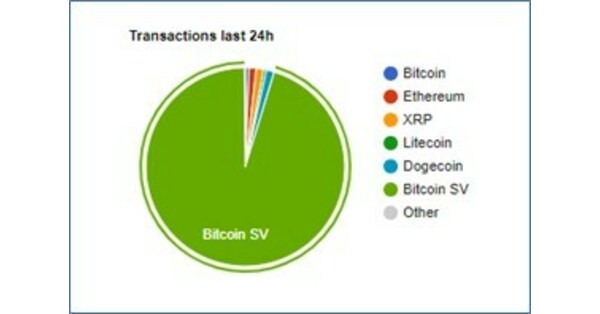The proof-of-stake consensus mechanism is used to validate transactions and generate new coins. The process requires a group of validators to be given token rewards for successful validations.
However, sometimes these validators can intentionally or unintentionally engage in activities that can harm the functioning of the blockchain – this is where the process of “slashing” comes in. Crypto slashing keeps validators in check and ensures that the network’s validation processes continue to function properly.
For this reason, we will delve into slashing and its causes to tell you how to avoid it.
What is Cryptocurrency Slashing?
The term “crypto-slashing” is often used to describe the process of disciplining or punishing validators who violate the crypto stake rule. The main goal of slashing is to promote appropriate behavior, adherence to protocols, consistent availability and accountability. It encourages participants in a blockchain network to act honestly and discourage malicious behavior.
How does it work?
Slashing is a mechanism implemented to maintain the integrity of the blockchain network by punishing participants who engage in fraudulent or malicious actions. It involves taking away part of a validator’s effort when they break the network’s rules.
A validator is a central network participant who earns money by verifying transactions and creating new blocks in the blockchain. To participate, validators must stake a certain amount of the network’s cryptocurrency; this amount acts as security and motivates them to act honestly. If a validator engages in malicious behavior, such as double-spending or failing to validate transactions, they may lose a portion of their funds through a cut.
The execution of crypto slashing varies between different protocols, but the common principle remains the same, i.e. a predefined percentage is deducted from the validator’s effort for each case of negligence. In severe cases, the entire account may be cut, resulting in the validator being removed from the staking community.
Let’s take how slashing happens on the Polkadot blockchain as an example. When a validator misbehaves by attacking the network, going offline, or running counterfeit software. Any cut DOT will not be burned or distributed as a reward; rather, it will be added to the treasury. This is to make it easy to reverse the cut amount in the event of erroneous slashes.
But if the slicing is legitimate, the token will be distributed to those building the ecosystem. Validators backed by a large stake will be cut harder than those with smaller stakes backing them.
Additionally, the Polkadot block production mechanism does not throttle until the number of offline validators in an active set is up to 10%. If that happens, 0.02% of their stake will be cut. Slashing can be as much as 7% on more severe occasions.
The 2 main reasons for crypto mining
Below are the two main reasons for crypto cuts:
Downtime
Validators are expected to be online and participate in the network continuously. If a validator’s node is offline for an extended period of time, it can cause delays in block production and reduce the overall security of the network. Validators can be cut for extended periods of downtime. This period of absence differs from one protocol to another.
Double signing
Double signing is more serious than downtime and carries a greater penalty. Double signing occurs when a validator signs two blocks at the same time, intentionally or accidentally. This offense may be a result of validators running the backup and primary nodes at the same time to prevent downtime. However, an unexpected error can lead to double signing while trying to avoid downtime.
Double signing is handled differently by different blockchain protocols. For example, CELO punishes validators caught double-signing by cutting up to 9,000 CELO from their stake, suppressing their future rewards and eventually kicking them out of the current group.
Each protocol has its own cut rule
If you are interested in being a validator, you need to understand what slashing is and what the slashing penalties are for the protocol you are involved in. Understanding how slashing works and how it is interpreted in your preferred protocol can help you avoid getting caught in a slashable offense.


